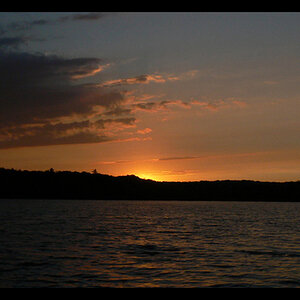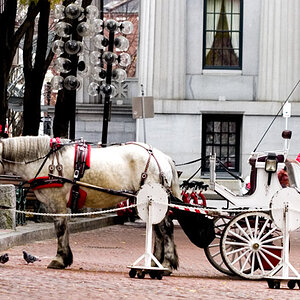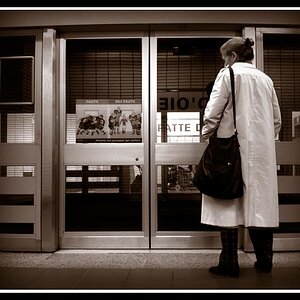I'm an 80 year-old photographer so please forgive my ignorant technical question 
I have many precious negatives, some almost as old as I.
Is there a very good quality device that will store the negatives so in the future they could be converted to prints?
Thank you so much for any help you can offer me.
I have many precious negatives, some almost as old as I.
Is there a very good quality device that will store the negatives so in the future they could be converted to prints?
Thank you so much for any help you can offer me.



![[No title]](/data/xfmg/thumbnail/42/42486-757c2978c4ecfb0e9dbfca10a0e2d240.jpg?1619740196)





![[No title]](/data/xfmg/thumbnail/34/34042-f37784c4a5db3d0cf34059cad22b288c.jpg?1619736251)



